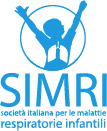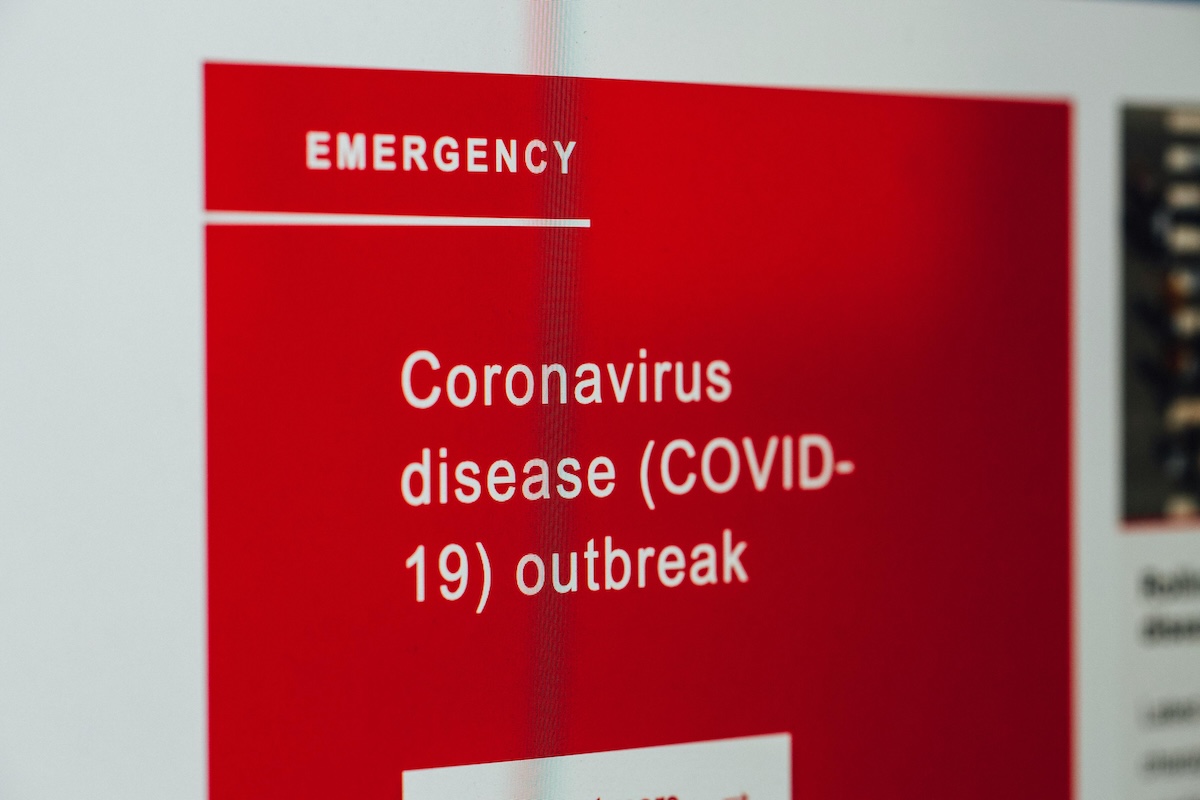The resurgence of Mycoplasma Pneumoniae infections: a public health challenge
Mycoplasma pneumoniae (M. pneumoniae), a frequent cause of atypical pneumonia, has recently raised concerns due to its epidemiological pattern. Following a sharp decrease in infection rates during the early stages of the Covid-19 pandemic—thanks to the implementation of non-pharmaceutical interventions (NPIs)—incidence has increased to pre-pandemic levels. Effective management of this pathogen requires a thorough investigation and clarification of the contributing factors such as bacterial properties, immune mechanisms, and sociological phenomena.
Reemergence of Mycoplasma pneumoniae disease: Pathogenesis and new approaches
The impact of the Covid-19 pandemic
During the Covid-19 pandemic, the implementation of various NPIs—including lockdowns, social distancing, mask mandates, and rigorous hygiene protocols—led to a dramatic reduction in the circulation of respiratory pathogens, including M. pneumoniae. However, it’s noteworthy that the resurgence of M. pneumoniae infections was delayed compared to other respiratory pathogens such as Mycobacterium tuberculosis and Bordetella pertussis, which rebounded sooner after the lifting of pandemic restrictions.
The re-emergence of M. pneumoniae is likely due to a complex interplay of the following factors:
- Transmission dynamics: after a period of suppressed transmission due to NPIs, increased close contact resulted from altered population mobility, activities, and behaviors. The return of children to schools and communities following lockdowns played a significant role.
- Waning herd immunity: the reduction in infections during the pandemic created an “immunity gap,” significantly lowering population-level immunity. Younger individuals, with less prior exposure to the pathogen, were particularly vulnerable, forming a population more susceptible to infections once NPIs were lifted.
- Co-infections: respiratory infections often occur as co-infections. Viral co-infections can influence the severity and clinical presentation of bacterial infections like M. pneumoniae. The decrease in other respiratory viral infections during the pandemic may have increased the relative importance of M. pneumoniae, thus altering the presentation and severity of pneumonia.
- Antibiotic resistance: the widespread use of macrolides to treat M. pneumoniae infections has led to the emergence of macrolide-resistant strains (MRMP). These strains are particularly prevalent in Asia, where resistance rates of around 80-90% result in longer and more severe infections. In Europe, MRMP strains have a lower prevalence, although Italy shows the highest rate (26%).
Clearly, careful antibiotic stewardship and the use of alternative therapeutic agents are necessary when macrolide resistance is suspected or confirmed. (1)
- Environmental factors: humidity, temperature, air quality, and other meteorological factors likely influence M. pneumoniae incidence and transmission. Climate change may be exacerbating these factors, creating conditions more favorable to the spread of the bacterium.
Public health implications
The increase in M. pneumoniae respiratory infections underscores the need for an integrated strategy for management and prevention. This includes:
- Real-time surveillance: strengthening national and international surveillance systems with consistently updated data is vital for monitoring M. pneumoniae infection trends and identifying MRMP cases.
- Improved diagnostic tools: rapid and accurate diagnostic testing is essential for prompt treatment initiation. Molecular biology tests like PCR are crucial for early diagnosis and differentiation of MRMP strains.
- Antibiotic stewardship: prudent and judicious antibiotic use is crucial to combat antibiotic resistance. This necessitates a thorough understanding of local resistance patterns.
- Public health interventions: promoting preventive measures such as improved hand hygiene, mask use and social distancing can help reduce M. pneumoniae transmission and incidence.
The resurgence of M. pneumoniae infections presents a serious public health challenge. Alongside continued research into the pathogen and its interactions with the host, improving surveillance, diagnostics, antibiotic stewardship, and implementing public health interventions are crucial for managing current outbreaks and preventing future epidemics.
- Loconsole D, De Robertis AL, Sallustio A, Centrone F, Morcavallo C, Campanella S, Accogli M, Chironna M. Update on the Epidemiology of Macrolide-Resistant Mycoplasma pneumoniae in Europe: A Systematic Review. Infect Dis Rep. 2021 Sep 2;13(3):811-820. doi: 10.3390/idr13030073. PMID: 34562998; PMCID: PMC8482213.
No metadata found.



